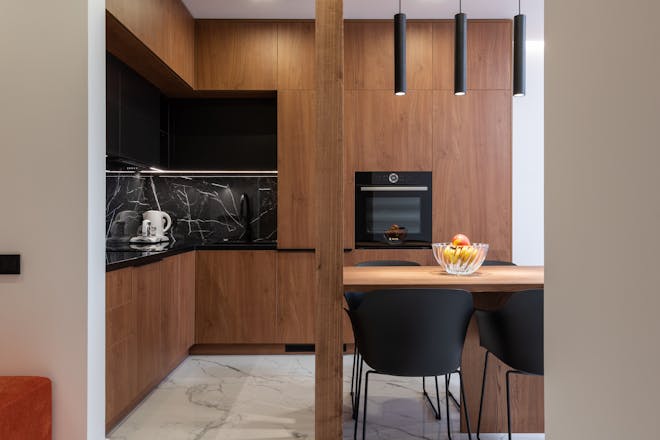Reverse Sear Steak: A Culinary Guide to Perfection
When it comes to preparing the perfect steak, the oven reverse sear method is unparalleled in its ability to produce a consistently cooked, tender, and flavorful meal. This technique has gained popularity among chefs and home cooks alike for its simplicity and impressive results.
Understanding the Oven Reverse Sear Technique
The reverse sear is a cooking process that involves two main stages: a low-temperature cook followed by a high-heat sear. Unlike traditional methods that start with searing on a hot surface, the oven reverse sear steak starts in a low-temperature oven. This allows the steak to cook evenly from edge to edge, minimizing the risk of overcooking while maximizing juiciness and flavor.
Step 1: Seasoning Your Steak
Begin with choosing a thick-cut steak, ideally at least 1.5 inches thick. Season it generously with salt and pepper, and if desired, other herbs and spices according to your taste preferences. Let the steak come to room temperature for about 30 to 60 minutes before cooking.
Step 2: The Low-Temperature Oven Cook
Preheat your oven to a low temperature, typically between 200-275°F (93-135°C). Place the steak on a wire rack over a baking sheet to allow for proper air circulation. Insert a meat thermometer into the thickest part of the steak and cook until it reaches an internal temperature of about 10-15 degrees lower than your desired doneness.
Step 3: The High-Heat Sear
Once the steak reaches the target temperature in the oven, remove it and let it rest while you preheat a skillet or pan on the stove over high heat. You’ll want the pan scorching hot for the sear. Add a high-smoke-point oil, and once it’s shimmering, lay the steak in the pan. Sear each side for about 1-2 minutes or until a deep brown crust has formed.
Additional Tips for a Flawless Oven Reverse Sear Steak
Choosing the Right Cut: The reverse sear is best with thicker cuts of meat such as ribeye, New York strip, or filet mignon. These cuts will benefit the most from the even cooking and the flavorful crust.
Resting is Crucial: After searing, let your steak rest for about 10 minutes. This allows the juices to redistribute throughout the meat, ensuring each bite is succulent and full of flavor.
Getting Creative with Seasoning: While salt and pepper are staples, don’t be afraid to experiment with garlic powder, smoked paprika, or even a splash of Worcestershire sauce before the oven stage.
Using a Cast-Iron Skillet: For the sear, a cast-iron skillet provides excellent heat retention and contributes to developing that sought-after crust.
Finishing Touches: After resting, slice against the grain and serve immediately. Feel free to top your steak with a pat of butter, fresh herbs, or a drizzle of high-quality olive oil for an extra touch of luxury.
By following these steps and tips, you’ll be able to master the oven reverse sear steak method and impress your guests with restaurant-quality steak at home. Once you’ve tried this method, you’ll understand why it’s become a favorite technique for steak aficionados.
